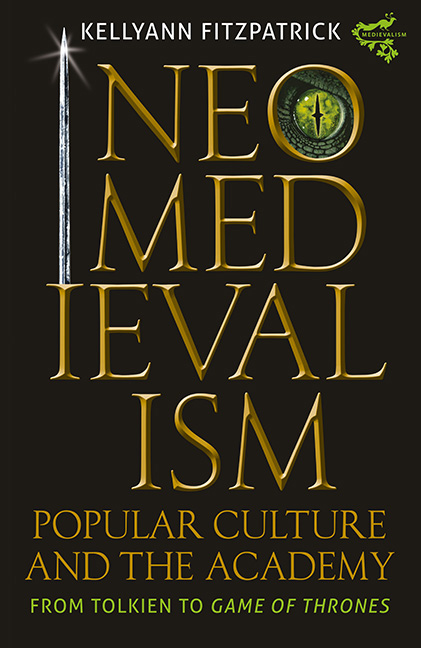6 - Digital Gaming: Coding a Connective Neomedievalism
Published online by Cambridge University Press: 21 March 2020
Summary
A NUMBER OF years ago I taught a sophomore-level university English class on nineteenth- and twentieth-century medievalism. We read Scott and Tennyson, looked at paintings by the Pre-Raphaelites, read Tolkien, watched Monty Python and the Holy Grail, talked about Dungeons & Dragons, and critiqued a sampling of neomedieval video games. As part of a final project, students were asked to identify and analyze an instance of medievalism in popular culture. Although the majority of the class turned in creative, high-quality work that dealt thoughtfully with the subject of medievalism as we had spent the semester constructing it, one student missed the point of the assignment – and the course – altogether and submitted a very detailed presentation on “Medieval Torture/Punishment.” I graded the project accordingly and thought no more of it until a few years later when a family member, describing a game called Castleville (2011), stated “It's very medieval.” She went on to explain how she and a friend approached the game, noting, “[We] have spent a lot of time building our dungeons. The Rack and Sharp Guillotine were purchased as part of a quest … we’re trying to decide whether or not we want the Iron Maiden as decoration.”
Needless to say, I was floored on many levels, yet the most pressing connection in my mind was that I had perhaps been too dismissive of my student's identification of torture chambers as somehow appropriate for a class on medievalism. In a historic sense, of course, torture itself pre- and post-dates the medieval; however, along with more general themes of violence, the concept of the dungeon in particular is a prevalent trope of medievalism, from that of Torquilstone in Ivanhoe, to the pen-and-paper maps of Dungeons & Dragons, to the visually elaborate dungeons of games such as Gauntlet (1985), The Legend of Zelda (1986), or World of Warcraft (2004). I even found myself using the metaphor when presenting to an audience of software developers at my first technical conference, as “dungeons” became an easy metaphor for the popular medievalisms I addressed in my talk.
This invites the question of what “counts” as “medieval” (or proper “medievalism” or even “medievalist fantasy”), and who gets to decide what counts? As the anecdote that began this chapter suggests, in my classroom, I get to decide what counts.
- Type
- Chapter
- Information
- Neomedievalism, Popular Culture, and the AcademyFrom Tolkien to Game of Thrones, pp. 171 - 195Publisher: Boydell & BrewerPrint publication year: 2019

